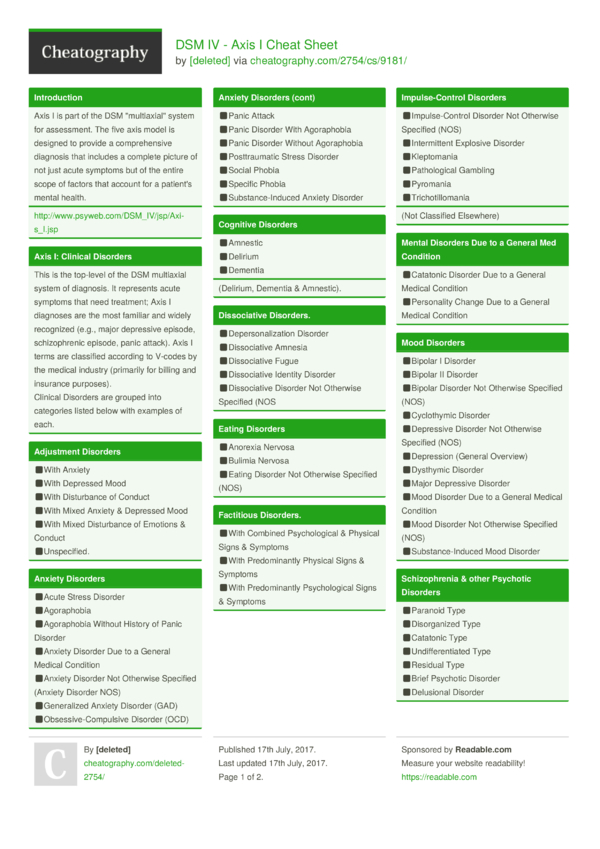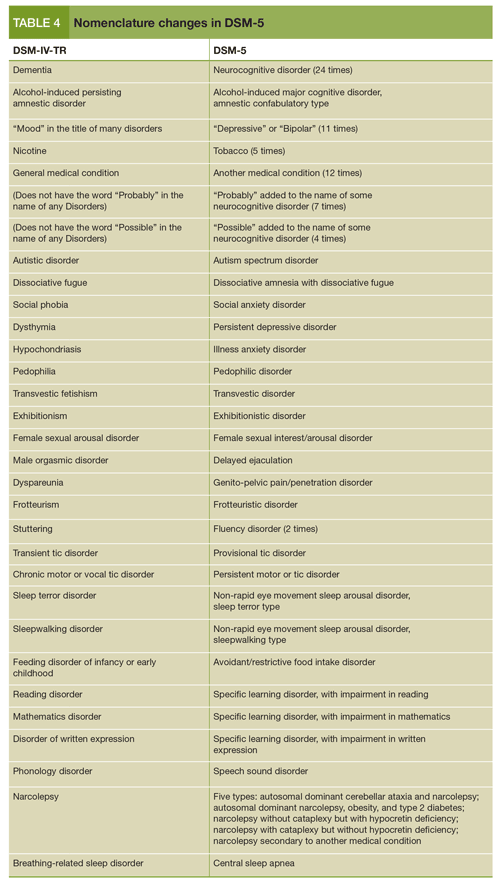

(2013) revealed that 33% of patients with specific learning disorder also show signs of attention deficit hyperactivity disorder (ADHD), indicating that common biological mechanisms are at play in both specific learning disorder and ADHD. Specific learning disorder can occur alongside other disorders. Specific Learning Disorder and Co-Occurring Disorders Specific learning disorder affects approximately 5%-15% of school-age children and 4% of adults (American Psychiatric Association, 2013 Margari, Buttiglione, Craig, Cristella, de Giambatista, Matera, Operto, & Simon, 2013 Katusic, Colligan, Weaver, & Barbaresi, 2009). If a student’s learning difficulties require multiple periods of intense, specialized instruction in order to obtain proficiency in academic skills, the disorder is considered to be “moderate.” When learning difficulties are so pronounced that the student is unable to obtain the necessary academic skills without continuous, intensive, specialized instruction, a designation of “severe” is appropriate. The disorder is considered to be “mild” if a student has some learning difficulties, but is able to function well with minimal appropriate support services. In addition, the disorder is classified by severity. Specific learning disorder can affect one or more of the following academic domains: reading, as in the case of dyslexia, written expression, and/or mathematics, as in the case of dyscalculia (American Psychiatric Association, 2013). Types and Degrees of Specific Learning Disorder Lagging academic achievement that results from visual or auditory problems or poor or inappropriate academic instruction is not indicative of a specific learning disorder. As a result of deficits in keystone academic skills, difficulties arise in learning more complex subjects and cause the student’s academic achievement to lag far behind what is expected for his and her age and intellectual ability. These abnormalities in the brain’s ability to accurately and efficiently perceive and process information result in difficulties in learning foundational academic skills, such as reading accuracy, fluency and comprehension spelling and written expression and arithmetic calculation and mathematical reasoning. Specific learning disorder is a biologically based, neurodevelopmental disorder that affects a person’s ability to take in, process, and/or communicate information (American Psychiatric Association, 2013). ** Unsheltered Homelessness: An individual is considered to be experiencing unsheltered homelessness if residing in a place not meant for human habitation, such as a public space (e.g., tunnel, transportation station, mall), a building not intended for residential use (e.g., abandoned structure, unused factory), a car, a cardboard box or cave, or some other ad hoc housing situation.DSM-5 Category: Neurodevelopmental Disorders Introduction * Sheltered Homelessness: An individual is considered to be experiencing sheltered homelessness if the primary nighttime residence is a homeless shelter, a warming shelter, a domestic violence shelter, a motel, or in a temporary or transitional living situation. Personal History of Self-Harm (Changed to Personal history of nonsuicidal self-injury in DSM-5-TR) Personal History of Self-Harm (Changed to Personal history of suicidal behavior in DSM-5-TR) Lack of adequate food or safe drinking water (changed to Lack of safe drinking water in DSM-5-TR)

Lack of adequate food or safe drinking water (changed to Food insecurity in DSM-5-TR)


Homelessness** (changed to Unsheltered Homelessness in DSM-5-TR) Homelessness* (changed to Sheltered Homelessness in DSM-5-TR)
#Dsm 5 codes code
DSM-5 Recommended ICD-10-CM Code for use through September 30, 2021ĭSM-5 Recommended ICD-10-CM Code for use beginning October 1, 2021


 0 kommentar(er)
0 kommentar(er)
